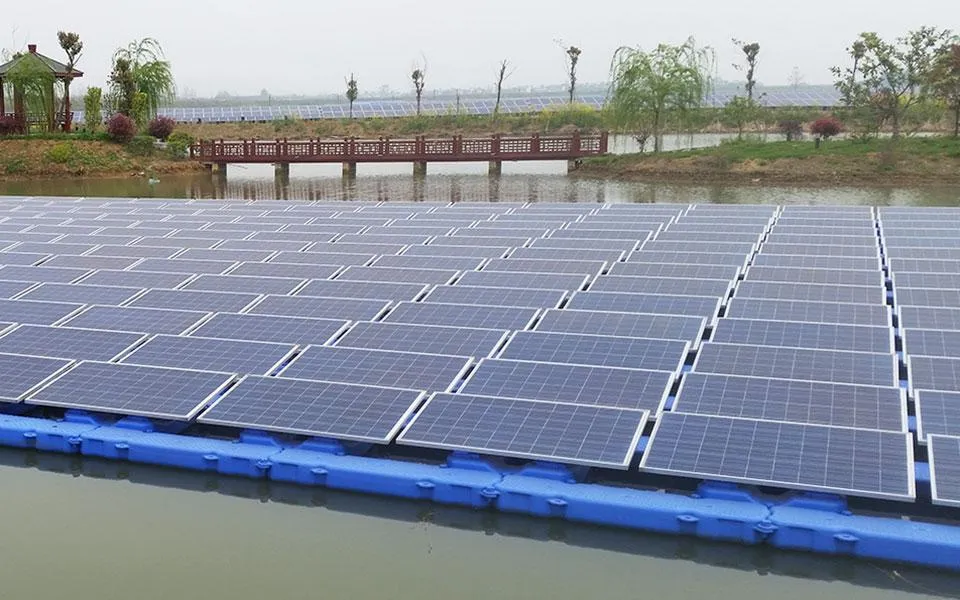solar electricity cost
The Cost of Solar Electricity A Comprehensive Overview
In recent years, the shift towards renewable energy has accelerated, with solar electricity leading the charge. As the world grapples with the effects of climate change and seeks alternatives to fossil fuels, understanding the costs associated with solar electricity becomes paramount for businesses and homeowners alike.
Solar electricity, generated from sunlight using photovoltaic (PV) cells, offers a clean and sustainable energy source. However, the costs associated with solar energy systems can vary significantly based on several factors, including installation, technology, location, and government incentives.
Initial Investment
One of the primary considerations when investing in solar energy is the initial setup cost. The average cost of installing a solar PV system in the United States ranges from $15,000 to $25,000 before tax credits and incentives. This upfront investment can be daunting; however, it's essential to consider the long-term savings on electricity bills and the potential increase in property value.
Many factors influence these initial costs. The size of the solar panel system needed depends on energy consumption, roof space, and location. In sunnier regions, smaller systems may suffice due to higher solar irradiance, while shaded or less sunny areas might require larger installations to meet energy demands.
Government Incentives
Government incentives play a significant role in reducing the effective cost of solar electricity. In the United States, the federal solar tax credit offers a deduction of 26% (for systems installed by the end of 2022) from federal taxes, significantly lowering the upfront cost. Many states and local governments also provide additional rebates, tax credits, and even performance-based incentives that can further reduce out-of-pocket expenses.
These incentives have made solar installations more affordable, contributing to the rapid growth of solar energy adoption. As of 2021, solar energy accounted for approximately 3% of the total energy generation in the U.S., but this number is expected to rise as costs continue to decline and more incentives become available.
solar electricity cost

Cost of Electricity Generation
Once installed, the cost of generating electricity from solar panels is significantly lower than traditional energy sources. Solar electricity costs have declined dramatically over the past decade. According to the Solar Energy Industries Association (SEIA), the cost of solar has dropped by about 82% since 2010. This decrease is largely attributed to advances in technology, increased competition among manufacturers, and scale efficiencies in production and installation.
Solar electricity generation costs can be measured in terms of Levelized Cost of Electricity (LCOE). LCOE represents the per-unit cost (usually per kilowatt-hour) of building and operating a generating plant over an assumed financial life and duty cycle. As of 2021, the LCOE for solar energy was under $40 per megawatt-hour in many regions, making it one of the most cost-effective energy sources available today.
Long-Term Savings
Beyond the initial investment and generation costs, solar electricity provides significant long-term savings. Homeowners often see a reduction in electricity bills, which can lead to considerable savings over the system's lifespan, typically around 25-30 years. Some studies estimate that homeowners can save anywhere from $10,000 to $30,000 in energy costs by going solar, depending on their local electricity rates and system size.
Moreover, solar power offers protection against rising energy costs. With traditional utility rates likely to increase over time, having a fixed-cost energy source can provide peace of mind and financial stability.
Conclusion
The cost of solar electricity presents a complex but increasingly favorable picture. While the initial investment can be substantial, the long-term benefits—including reduced electricity bills, government incentives, and environmental responsibility—make solar an attractive option. As technology continues to evolve and costs decline, solar energy is poised to become a cornerstone of sustainable electricity generation, driving us towards a cleaner, more sustainable future.
-
Unlocking Energy Freedom with the Off Grid Solar InverterNewsJun.06,2025
-
Unlock More Solar Power with a High-Efficiency Bifacial Solar PanelNewsJun.06,2025
-
Power Your Future with High-Efficiency Monocrystalline Solar PanelsNewsJun.06,2025
-
Next-Gen Solar Power Starts with Micro Solar InvertersNewsJun.06,2025
-
Harnessing Peak Efficiency with the On Grid Solar InverterNewsJun.06,2025
-
Discover Unmatched Efficiency with the Latest String Solar InverterNewsJun.06,2025







